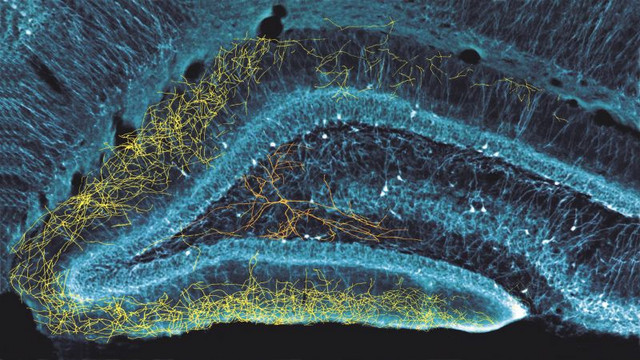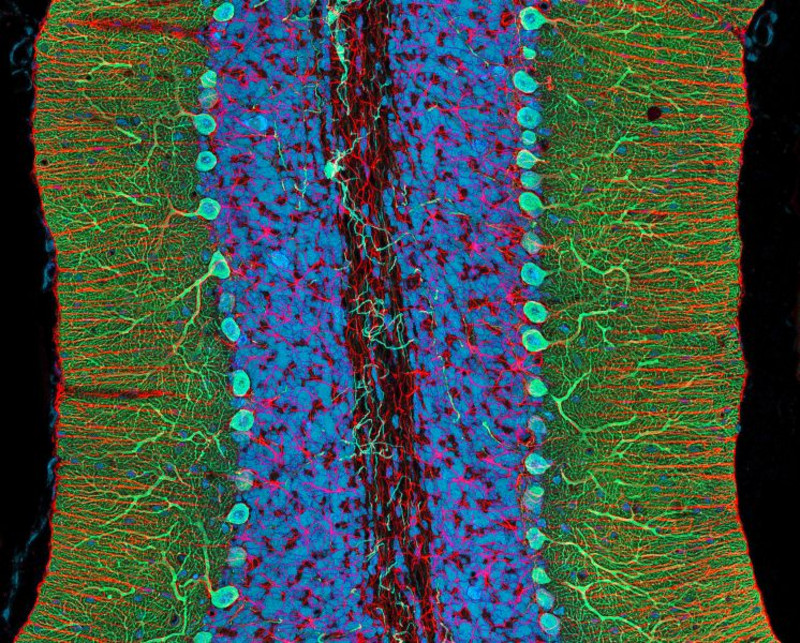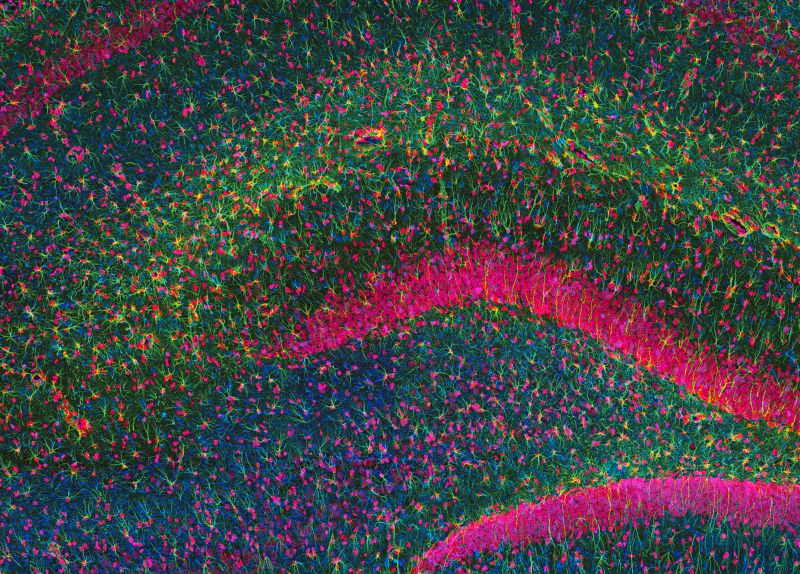Exhibition: DPZ presents insights into the brain
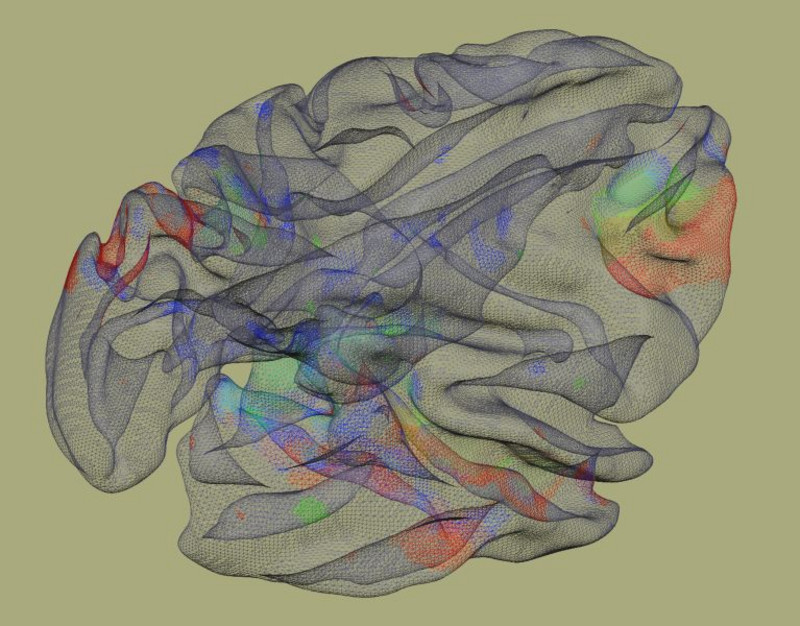
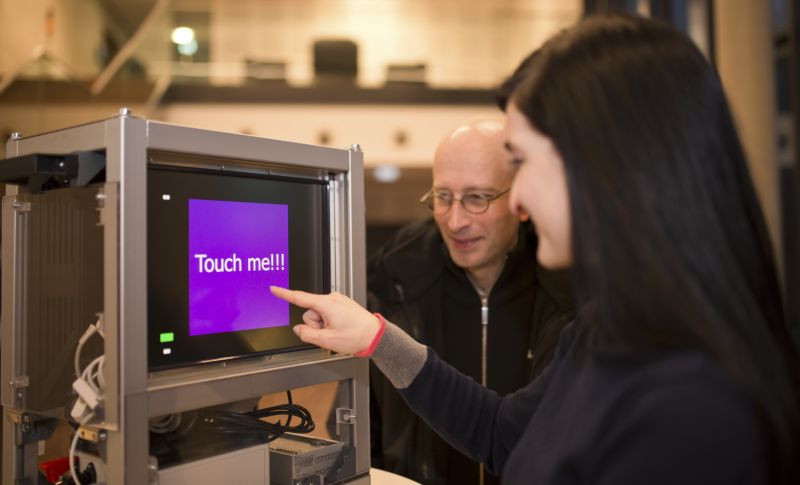
In addition to the images based on the book “Portraits of the Mind – Visualizing the Brain from Antiquity to the 21st Century“ by the American neuroscientist Carl Schoonover, recordings, films and interactive exhibits from current neuro-scientific research at the DPZ, biomedical research of the Max-Planck-Institute for Biophysical Chemistry as well as the Center for Anatomy at the Göttingen University will also be on display. At the opening ceremony on Friday, 5 February 2016 at 3 p.m., Melanie Wilke (University Medical Center in Göttingen and DPZ) will hold a talk on „Bewusstsein – von der Struktur zur Funktion “. Music will be provided by the Göttingen duo “Hang 2 Halo”. Visitors are welcome to attend. The exhibition is on display from 8 February to 31 May 2016 in the foyer of the German Primate Center, Kellnerweg 4 in Göttingen.
For centuries, scientists have been trying to solve the mystery of the brain. While scientists from the Middle Ages used methods such as measuring, weighing and cutting of the grey matter in their research, modern day methods of research and visualization methods visualize the invisible. Scientists use high-resolution micrographs and specific staining methods to highlight even the smallest cells and structures. In addition, high-tech procedures such as magnetic resonance imaging are used to obtain further insights into the anatomy and function of the brain. This results in fantastic images that appears to us as abstract images from an alien world are created.
The German Primate Center will present these images and in addition to the Schoonover collection a selection of recordings and films from research in the neuroscience laboratory of the institute will be part of the exhibition. In the lab, the scientists perform research on the brain and how it controls complex movements, how we perceive our environment and respond to external stimuli. In particularly, they study the neuronal foundation of cognitive functions such as attention, decision-making and spatial awareness.
With a total of 34 images and four cinematic presentations, additional interactive exponents invite the visitor to test their brain power. An interactive quiz provides interesting facts of our most important organ. A comprehensive collection of various species of primate skulls as well as brain specimens and models are part of the collection.
The exhibition was made possible with the helpful support of the House of Science in Brunswick. The images of Schoonover were initially presented there in 2011 under the title „Bilder des Gehirns – Einblicke in unsere Schaltzentrale“.
Exhibition opening
Friday, 5 February 2016 at 3 p.m.
Deutsches Primatenzentrum, Auditorium, Kellnerweg 4, 37077 Göttingen
Presentation: Prof. Dr. Melanie Wilke – Bewusstsein – von der Struktur zur Funktion
Opening hours
8 February until 31 May 2016
Deutsches Primatenzentrum, Foyer of the main building, Kellnerweg 4, 37077 Göttingen
Monday until Thursday 9:00 – 16:00, Friday 9:00 – 15:00, admission is free

